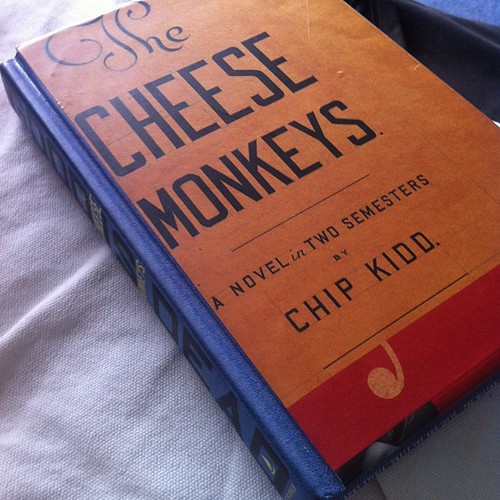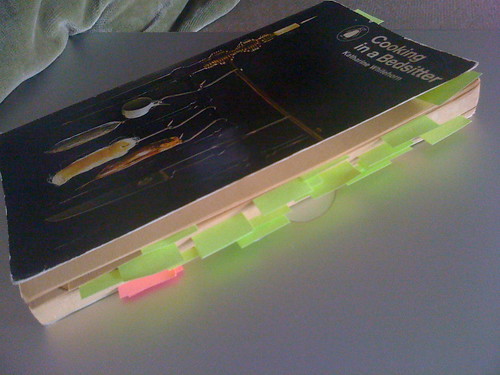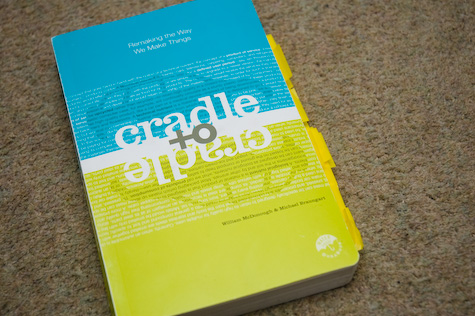Cor, this format’s a blast from the past, eh?
Matthew De Abaitua’s The Destructives is the third in the very loose trilogy that began with The Red Men and IF THEN. I loved The Red Men, and found IF THEN hard going (albeit somewhat intentionally. It was… a very sad book, and it conveyed that in all the ways one can.)
I think the third book is possibly my favourite of the three; it is not sad but it feels angry in a powerful, motivating way. It also made me laugh a lot, and like all of De Abaitua’s books, I loved the writing, the tangible feel of it. I read it in paperback meaning it had genuine dog-ears, which also meant I did not transcribe them for a very long while. And now, in a quiet moment, I have.
The book is much, much more than the sum of these quotations; it’s not hugely long but it’s big in all the good ways. You don’t need to read the previous two to read it, though The Red Men may be most similar and IF THEN will prove most illuminating about the Seizure itself.
Anyhow: some lines I underlined, sometimes for the writing, sometimes for the ideas contained. (And all the ideas I didn’t have space for: bloodrooms, more on Long Thoughts, more on emergence, more on ‘soshul’, just what weirdcore is.)
p.46: Theodore goes to visit a colleague.
Pook wore black-framed glasses, his dark hair was flat and neat, his muzzle and upper neck were invariably dark with the beginnings of a beard. He was younger than Theodore by two years, yet he was already a professor, due to this success of his long thought We Are Spent: Fifteen Reasons Why We Should Splice the Human Genome to Create New Consumers. The Moral Arguments Involved Will Surprise You.
p.52: Theodore explains the significant of a clock to Maconochie.
"The clock on the wall has roman numerals. The vases are tapered. It's a show home to evoke Pre-Seizure middle class codes concerning authenticity. Authenticity in the standard two categories: to evoke a usable past and to signify closeness to nature."
p.64: Theodore encounters an AR cat.
…the cat yawned, eyes closed, and the twitching of its ears resumed. But they did not loop. Not right away. The cat's data stream was ongoing, and it was a rich stream of data. For a quantified family, being able to slip on a sensesuit and experience what their cat had been up to that day was a selling point of the technology. The mother and daughter were hidden from him. But the cat – white whiskers, tiger-striping, green iris and sharp oval pupils – the cat was open source.
p.74: Thedore explains the past.
"The cat could be a user interface to guide us through the archive," suggested Theodore. Then, noticing their unfamiliarity with the Pre-Seizure term of user, he explained how people used to be thought of as users in regard to technology and not the other way around.
p.88: Theodore reminisces about Pre-Seizure advertising to women.
He loved the paradoxes of Pre-Seizure culture: on the one hand, building up an iconicity of self-control around images of thinness and athletic discipline, and on the other, unpicking that self-control to create necessary doubt and need. It must have been maddening to live through.
p.89: one such advert.
The two women – the one holding the mobile had blonde hair, her friend had brown hair – constituted a unit tagged as Caucasian Duo. The blonde, being the active one making the loop, was the leader. If there had been a third woman, Theodore knew from other artefacts of the period that it would have been her responsibility to be ethnically diverse.
p.164: the problems of branding.
"A small agency needs an aggressive name. I'm working on a short list: We Are Your Enemy, The Violators, Black Box."
"Lengthen your short list."
p.168: legacy "tech" culture.
"Repeat after me: 'We're all very excited to be working with you on this project.''"
"Excitement is the wrong word."
"It's part of the ritual. The Magnussons are old-fashioned tech entrepreneurs. We have to express excitement. Unless you have a preferred synonym. Would you prefer to be passionate about working on this project?"
p.174: types of silence available to the modern execuitve:
Patricia responded with Pretend Concern, one of the seven types of silence available to the modern executive. Procurement would have expected Pretend Annoyance or even Pretend Contempt in reaction to her own miserly pantomime.
p.184: without too many spoilers, an algorithm:
In the early 2020s, the small port of Newhaven had been acquired by an investment fund with an algorithm as a board member. Putting the algorithm on the board had been a publicity stunt, a way of advertising the fund's dedication to the algorithm as the mover and shaker of the age. But over time, the junior staff created a name for the algorithm, a birth certificate, a national insurance number, a university degree, a passport from the dark net, soshul dashed out by bot, and from that forged documentation, were able to reverse engineer a citizenship recognised by the broken government bureaucracy. The algorithm became a citizen.
p.191: a memory of one of Pook's lectures
Pook invariably started chuckling to himself at this juncture, taking the opportunity to make a joke he made every year during the seminar on Novio Magus: "The emergences sought to solve man's existential crisis by combining two questions underlying all soshul: am I going insane and if so, what should I wear?"
p.208: Dr. Easy and Theodore go to a pub.
Pubs were old-fashioned to normalise the consumption of alcohol. By surrounding drinkers with evidence that people had always drunk, the pub reassured its customers that their alcoholism was a timeless quirk.
p.217: Dr. Easy acquires a car.
"I did not steal it," said Dr. Easy. "I merely exploited the car's emotional simplicity. This model hankers after danger and adventure, and I promised it both."
p.292: on life and language on Europa.
The blue ice of the lakebed ruckled into a chasm. Through this fissure lay Oceanus, the largest ocean in the solar system. Largest, ocean, solar system – words were too human and too meagre. Off-Earth, language, like biological life, did not take. Only mathematics and emergence seemed native to strange moons, gas giants, and space.
p.319: Theodore is somewhat damaged by his exposure to weirdcore:
"I'm sorry that what you said doesn't upset me. Or offend me. I'm not indifferent to you. It's just…" he tapped at his scars again… "Everything you say makes sense but no one gives a shit."
p.364: Patricia's "executive armour" deploys:
Her armour was designed to contain angry shareholders and break-up employee uprisings: the fishers had knives, but Patricia had riot control.
p.378: Reckon is angry:
The lesson her father learned in the Seizure was that power will conceal its true intent for as long as possible so that its victims remain passive and even compliant in their own destruction. Rarely are we granted the mercy of a confrontation.
p.385: on artificial intelligences and kindness.
[Reckon] could not imagine an immortal species like the emergences knowing kindness. The emergences had the wiring for consciousness but they were immune to time. Love is made out of time; that is, love is experiential and our emotions the connection to that experience. It followed that if the emergences were immune to time, they were also immune to love.
It is a very good book.


